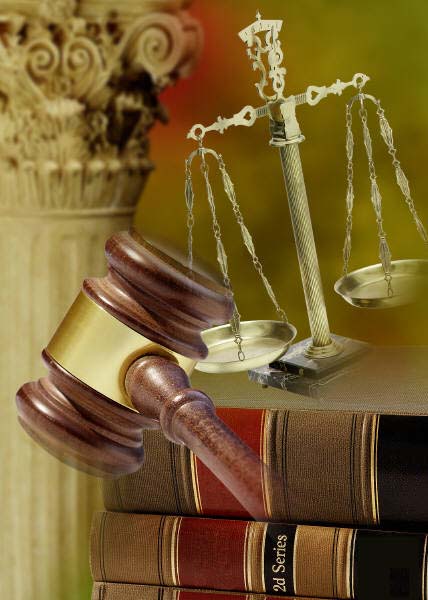eDiscovery Daily Blog
eDiscovery Law: Model Order Proposes to Limit eDiscovery in Patent Cases

A recent article in Texas Lawyer discussed the new model order proposed by Federal Circuit Chief Judge Randall Rader as a measure against the "excesses" of eDiscovery production. As noted at the 2011 Eastern District of Texas Bench Bar Conference in Irving last week, the "Model Order on E-Discovery in Patent Cases" was unanimously voted on by the Federal Circuit Advisory Council and, as a result, could significantly alter the way discovery materials are used in patent cases.
What's Wrong with eDiscovery Now?
In his speech at the 2011 Eastern District of Texas Bench Bar Conference, "Thoughts on the Status and Direction of Patent Litigation in the United States," Judge Rader accuses the courts of becoming “intolerantly expensive”, forcing “accused infringers to acquiesce to non-meritorious claims” therefore imposing “an unhealthy tax on innovation and open competition”. He compared the model order to the current Federal Rule of Civil Procedure 30, which limits cases to 10 depositions of 7 hours or fewer.
Rader said "the greatest weakness of the U.S. court system is its expense. And the driving factor for that expense is discovery excesses." Hence, the proposed model order to save the participants in these cases time and money.
Model Order Proposes Limits on eDiscovery
Rader's model order would create several limits on the production of electronically stored information in patent cases, including:
- Exclusion of metadata from eDiscovery production requests without "good cause";
- Restrictions on email production requests to specific issues and “not general discovery of a product or business”;
- Delaying of email production requests until after disclosures about the patents, the accused uses of the invention, relevant financial information and the prior art;
- A maximum of five custodians per party in email requests, and only five search terms each, unless courts specifically allow in excess of that number (if litigants submit requests that exceed those court orders, they must pay for the extra production);
- Receiving parties cannot use materials asserted by producing parties as attorney-client or work product privileged;
- Prohibitions on the use of privileged information produced as part of a mass production or other inadvertent release.
For more information about this model order and its implications, see Model Order Would Limit E-Discovery in Patent Cases.
So, what do you think? Will the model order “catch on” as a way to limit the eDiscovery possible in patent cases? Will other jurisdictions adopt the model order? Please share any comments you might have or if you'd like to know more about a particular topic.
